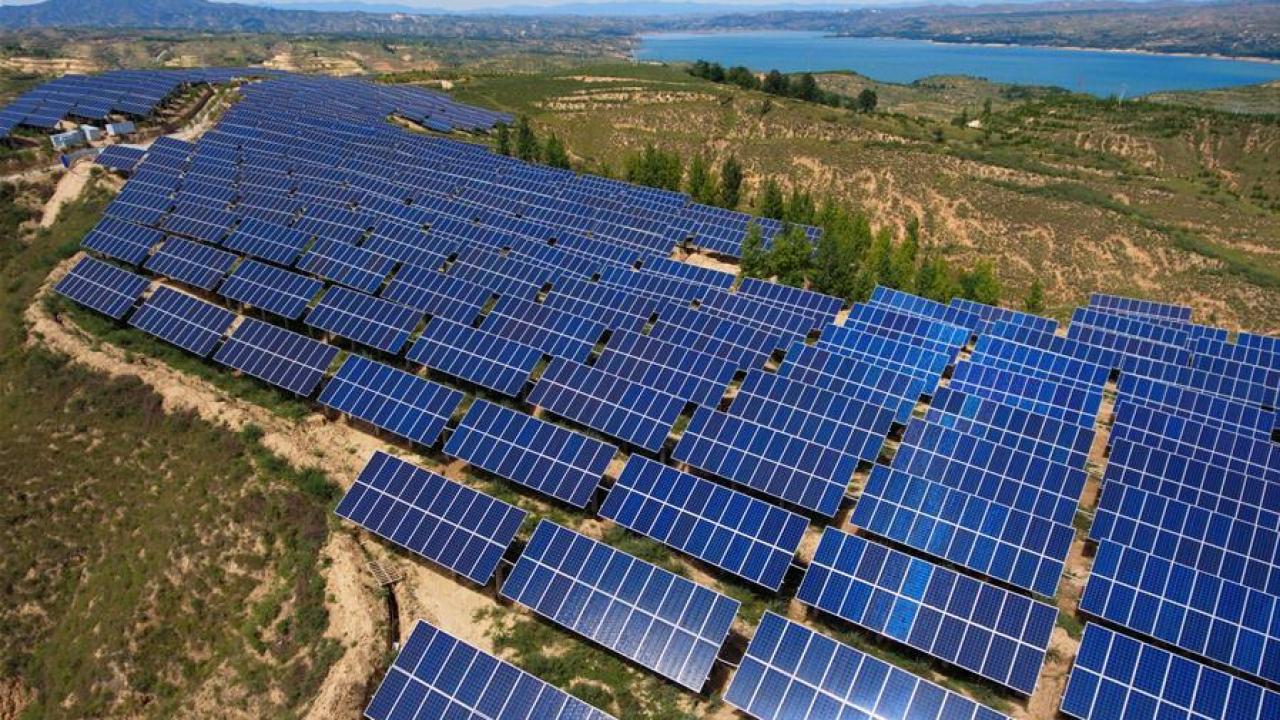
"China is the world's largest energy producer and today China is also positioned at the forefront of the clean energy technology market. In Mexico, we believe in cooperation to accelerate innovation and technology transfer for mitigation and adaptation," said the Mexican ambassador to China, Jesús Seade.
"In Mexico, a 1,000-megawatt photovoltaic plant is in its third phase of construction and is expected to reduce carbon dioxide emissions by 1.4 million tons per year, thanks to the huge support we have received from advanced energy storage equipment from China," a Mexican businessman recently said.
Iván Muñoz, general manager of the Puerto Peñasco Photovoltaic Plant, located in the state of Sonora, in the north of the Latin American country, and owned by the Federal Electricity Commission, made these statements during the Taiyuan 2024 Low Carbon Energy Forum, which was held from September 10 to 11 in Taiyuan, capital of the northern Chinese province of Shanxi.
The massive plant Muñoz is referring to will become the largest photovoltaic project in Latin America once construction is completed in 2027.
According to the executive, the project will serve around 1.6 million people in 530,000 households, while reducing the equivalent of carbon dioxide emissions from around 270,000 vehicles each year, which could effectively alleviate the electricity shortage in northern Mexico, in addition to providing a safe, clean and reliable energy supply for local socioeconomic development.
At the sub-forum dedicated to the topic of energy transition, in which Mexico participated as a guest of honor, hundreds of professionals from China and Mexico exchanged opinions and agreed that low-carbon development and energy transition are a general trend, and that countries around the world must face climate change by relying on more dialogue and greater cooperation, which in turn will allow them to find new opportunities for long-term development.
Jinneng Clean Energy Technology Ltd. is a research and development and sales company of photovoltaic products, and nearly 50 percent of its products come from China to support new energy projects around the world.
"Photovoltaics is an important way to achieve low carbon emissions," said Yang Liyou, the company's official, adding that according to the current development process, it is estimated that within three years, the global cumulative capacity of photovoltaic power generation will surpass coal and become the main source of energy.
"Climate change affects everyone, but especially the most vulnerable populations, that is, those living on the coasts, in the countryside, and indigenous communities," said the Mexican ambassador to China, Jesús Seade, during the inauguration of the sub-forum.
According to the diplomat, Mexico is currently undergoing a profound political transformation, which is based on guaranteeing fundamental rights and improving the living conditions of areas and people with fewer opportunities for development.
"Therefore, in addition to the implementation of clean energy generation projects, the Government of Mexico also promotes initiatives that favor sustainable development, risk mitigation, increased adaptive capacity and the protection of communities and the environment, in accordance with international standards," he said.
"China is the world's largest energy producer and today China is also positioned at the forefront of the clean energy technology market. In Mexico, we believe in cooperation to accelerate innovation and technology transfer for mitigation and adaptation," said the diplomat.
In fact, renewable energy cooperation between China and Latin America began a decade ago, said Enrique Dussel, coordinator of the China-Mexico Studies Center at the National Autonomous University of Mexico (UNAM). China has invested in nearly 100 projects in Latin America, contributing to the green energy development of the entire planet and adding at least 35,000 local jobs, he said.
Shanxi is an important province in the area of power generation in China, and for several years it has been experiencing new and influential energy transition practices.
Wu Dongsheng, an expert economist and Level II inspector of Shanxi Provincial Development and Reform Commission, said that the province is shaping the global testing ground of energy transition in all aspects, moving from "coal as the dominant" to the integration of coal power and new energy, the integration of coal and coal chemistry, and the integration of coal industry and digital technology.
Mexico has enormous potential in energy sources such as hydrogen and the development of electric vehicles, said Ambassador Seade, and expressed his hope that the event will be just the beginning of a positive exchange that will deepen shared development and cooperation between the two countries.










